Federal Budget 2021: Your 5-minute guide to tax cuts, health, jobs and education
Tax cuts, health, education, welfare, tourism and more. Find out what the Federal Budget means for you and your family.

Every year the Federal Budget comprises thousands of pages of facts and figures covering spending on everything from tax cuts, health, education, welfare and more.
Leading economist hailed federal Treasurer Josh Frydenberg’s big financial statement as a “renovation budget, not a new built budget”.
“The economic environment means that the government is in a much better place than it expected just six months ago, and it’s been able to continue spending while still showing better fiscal outcomes than we expected last October,” PwC Australia chief economist Jeremy Thorpe said.
“This is not a stimulus budget. This budget is that patching up existing arrangements as we emerge on the other side of the bridge. ”
We’ve broken the most important information down into the things that really affect everyday Australians.
Find out what the 2021-22 Federal Budget means for you with our 5-minute guide.
DEFICIT FORECAST
2021-22 – $106.6b
2022-23 – $99.3b
2023-24 – $79.5b
2024-25 – $57b
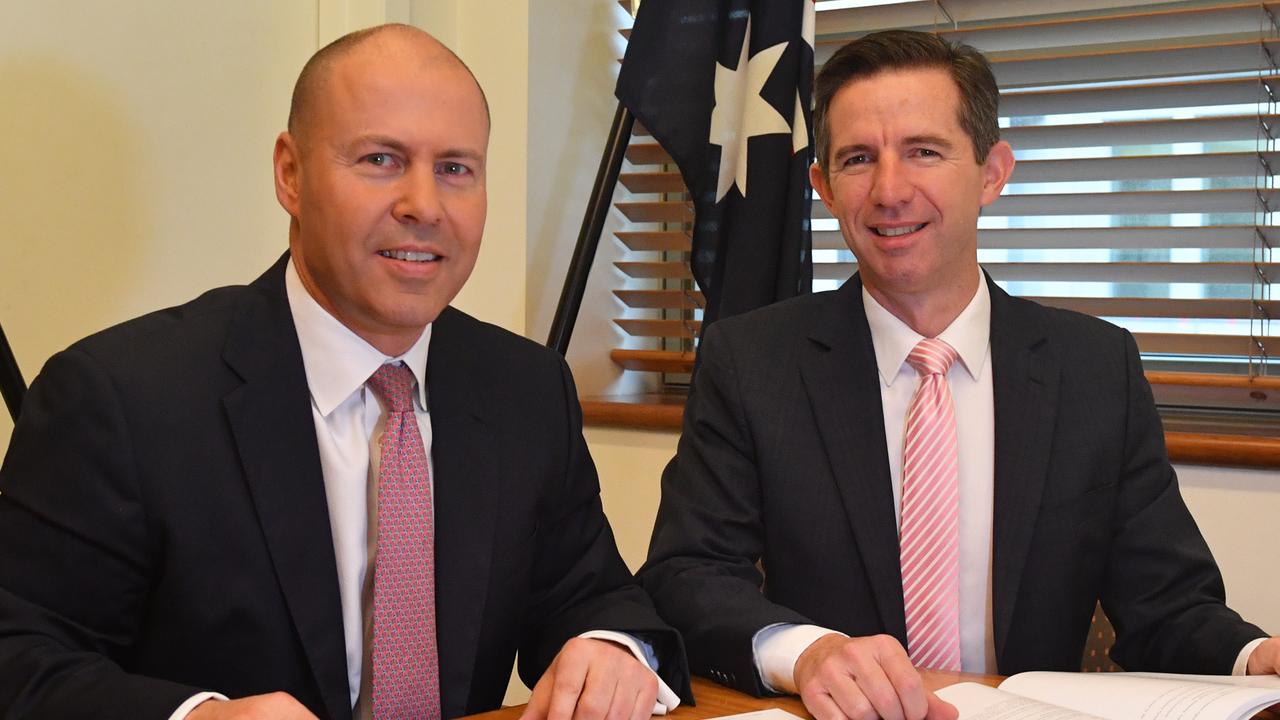
ECONOMIC FORECAST 2021-22
Unemployment – 5 per cent
Net debt – $729b
Wages growth – 1.5 per cent
Real GDP growth – 4.25 per cent
TAX CUTS
– $7.8b providing up to $1080 in relief in 2021-22 for singles and $2160 for couples that are low or middle-income earners. This will be available to more than 10 million people when they lodge tax returns in 2022.
– $20.7b in tax relief for businesses over the forward estimates by extending current schemes. Includes a program that lets tradies write off the entire cost of new machinery and equipment until June 30, 2023.
– $225m in tax relief for small brewers and distillers.
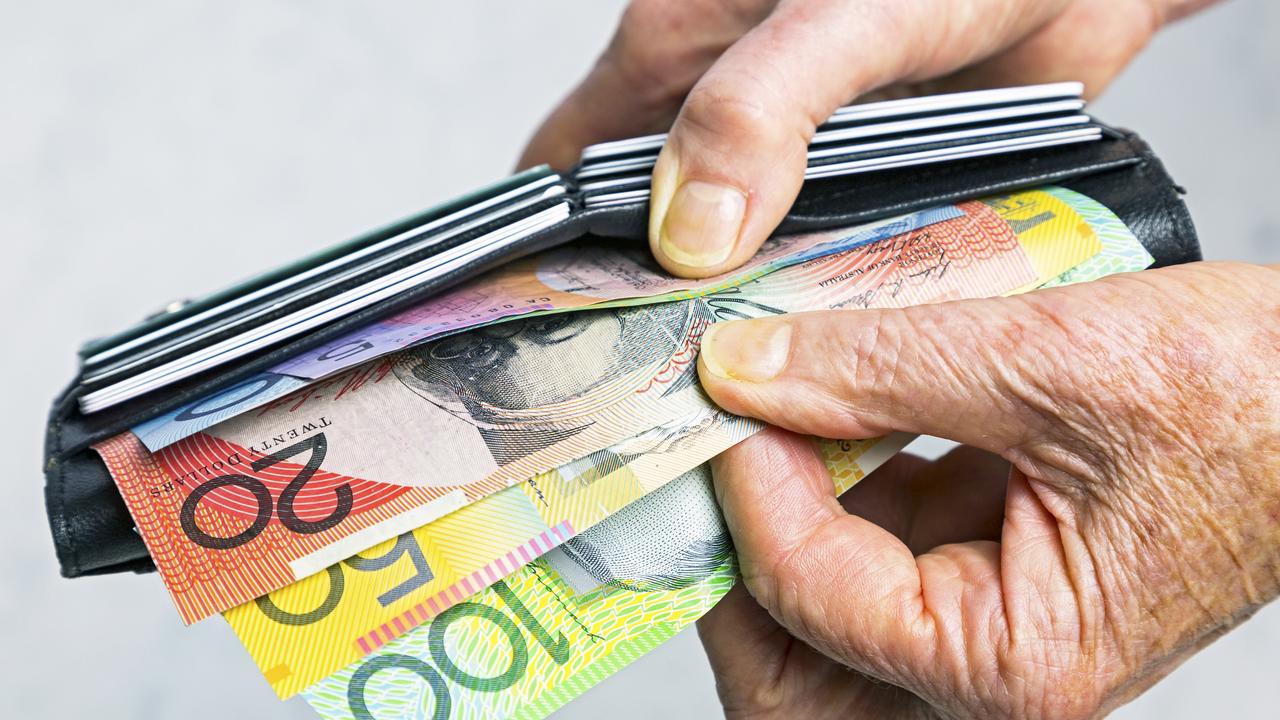
WOMEN
– $261.4m over the next two years to boost frontline services and initiatives that fall under the Australia’s National Plan to Reduce Violence Against Women and their Children. States and territories asked to contribute further funding.
– $164.8m over three years to provide $1500 payments for those escaping violence and further payments of up to $3500 to help with bonds, school fees and other goods.
– An extra $9.3m to address sexual harassment at work, including support for victims and changes current regulations.
– 5000 extra training places for women wanting to to start in non-traditional trades.
– 2700 extra places in Indigenous girls academies.
– $42.4m boost to STEM scholarships for women.
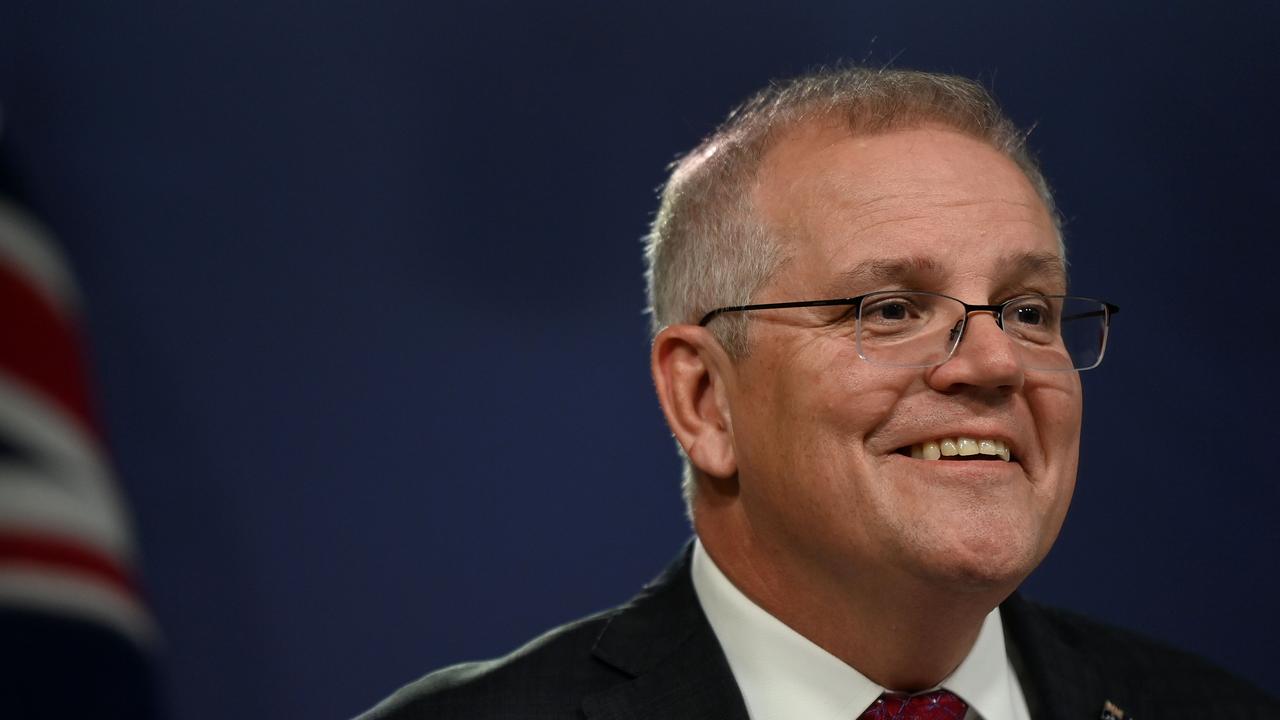
AGED CARE
$17.7b to reform the aged care system including:
– $6.5b for 80,000 new care packages over the next two years for senior Australians who want to remain at home.
– $3.9b to make sure aged care residents receive a mandated 200 minutes per day in front line care.
– $3.2b boost to residential care homes to spend on better services.
– $652.1m to train up the existing aged care workforce and encourage more people to enter the industry.
– $630.2m for better access to aged care in regional, rural and remote Australia.

HEALTH
– $1.9b in extra funding for the rollout of coronavirus vaccines over the next two years.
– An additional $1.5b for testing, tracing, telehealth and services related to COVID-19.
– Emgality, a medicine for chronic migraines, listed on the Pharmaceutical Benefits Scheme to bring cost down from $6800 a year to $41.30 per script or $6.60 for concession card holders.
– $2.3b in mental health and suicide prevention, including a new office and 57 new treatment centres.
– Greater access for psychiatrists and psychologists through Medicare.
– An extra $6b over the forward estimates to cover Medicare subsidised services.
– NDIS receives a boost of $13.2b over four years.

JOBS AND WORKERS
– Unemployment rate to drop to 5 per cent by 2021-22 and 4.5 per cent over forward estimates.
– $506m to extend JobTrainer scheme and deliver 163,000 training places in areas of need, to be matched by states and territories.
– Additional $2.7b for employers to take on 170,000 new apprentices and trainees.
– $26.1m for non-university higher-education providers delivering 5000 extra short course places.
– An extra $481.2 million in Transition to Work employment service for unemployed Australians aged 15-24.
– $213.5m to extend and expand the Local Jobs Program, helping people hit by the pandemic to upskill and find new careers, to 51 employment regions across Australia.
– $29.8m to help farmers attract and retain workers.
– The $450 a month minimum wage threshold on super scrapped – benefiting around 300,000 worker
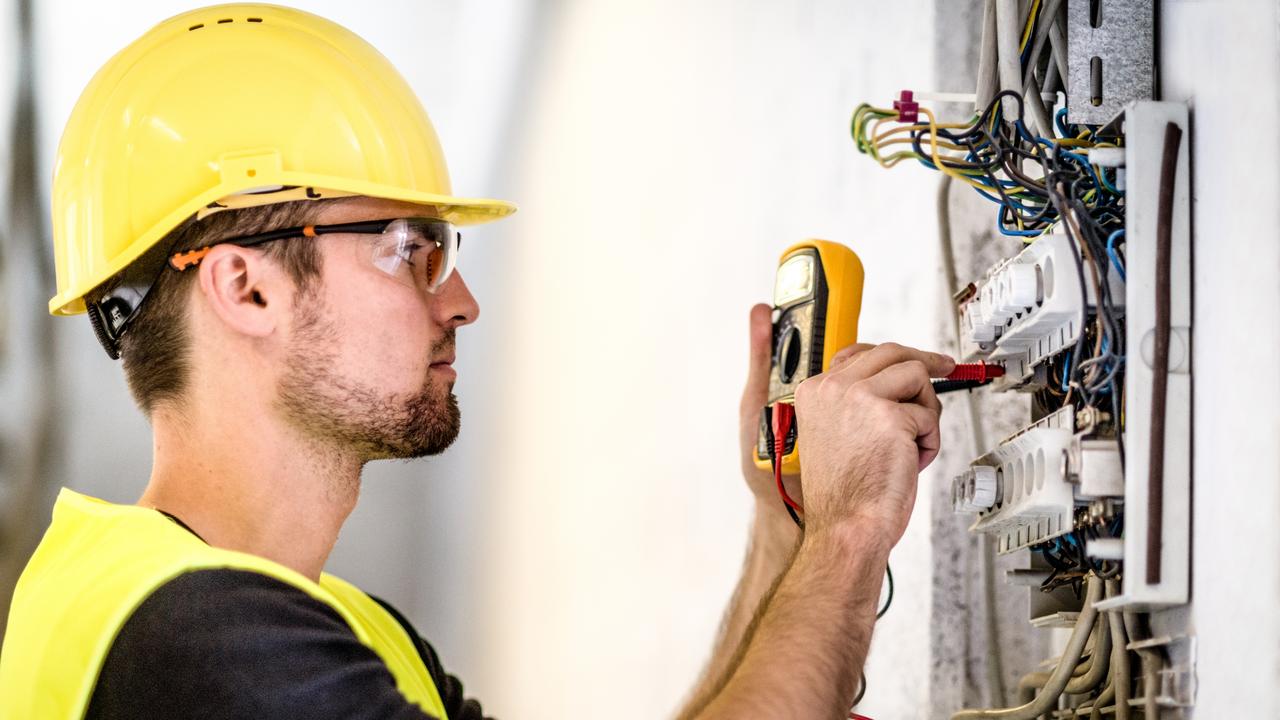
WELFARE
– $258.6m in additional support over four years for programs helping those looking for work..
– Includes $15.5m boost for programs that encourage people to start their own business and $7.9m in funding over three years to ensure job seekers are supported into employment.
EDUCATION AND CHILDCARE
– $1.7b investment to make childcare more affordable by increasing subsidy for 250,000 families. Families to be save an average of $2200 each year.
– $10,560 cap in Child Care Subsidy for families earning more than $189,390 will be scrapped.
– $1.6b for preschool funding, with money rolled out through an agreement with states to deliver reforms.
– Commonwealth funding for all Australian schools to reach $24.4b in 2021-22.
– $53.6m support package for independent English language and non-university
higher education providers.
– Private schools will pocket an extra $1.7 billion in federal grants next financial year, as their funding grows twice as fast as for public schools.
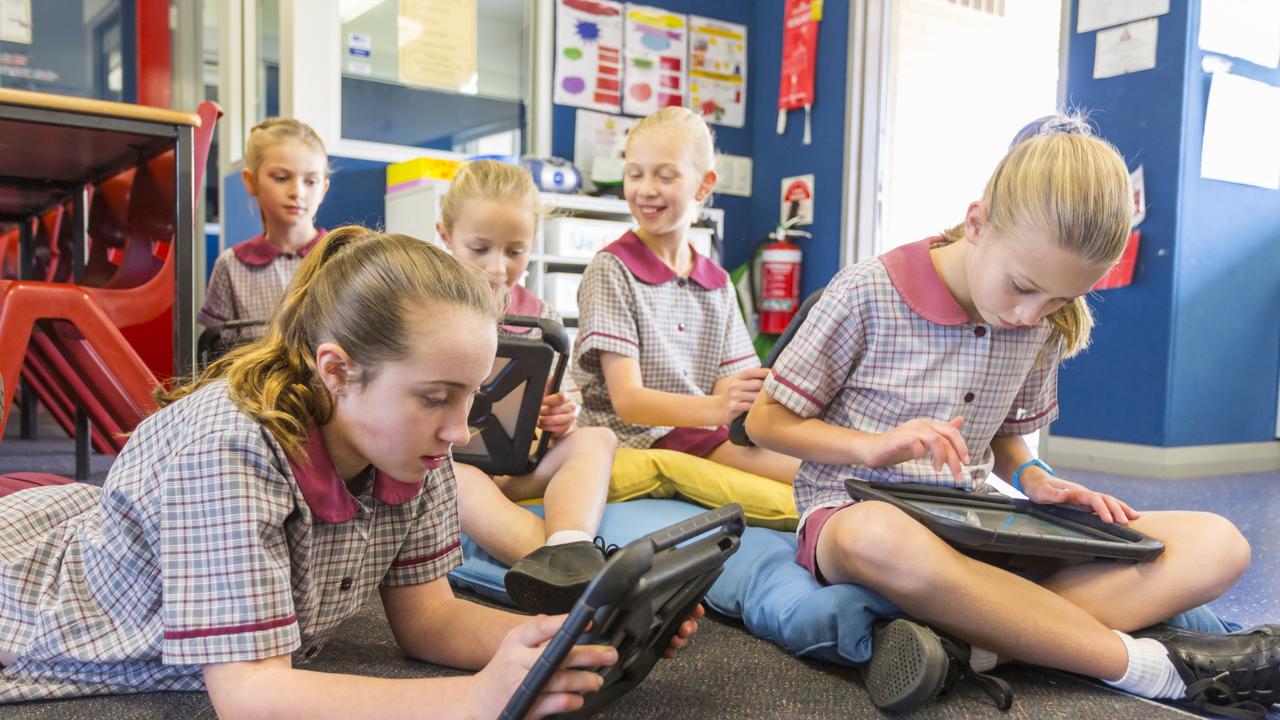
HOME OWNERSHIP
– 10,000 more first-home buyers will be able build a property with 5 per cent deposit.
– 10,000 single parents can purchase a home with a 2 per cent deposit.
– Amount that can be released from superannuation for a first home rises from $30,000 to $50,000.
– Existing applicants for now-closed HomeBuilder scheme now have 18 months to start work, instead of six months.
TECHNOLOGY
$1.2b to fund a digital economy strategy which includes:
– $500m to put government services online by 2030.
– A $53.8m National Artificial Intelligence Centre and a network of centres to encourage businesses to use the new technology.
– $66.4 million over six years to increase cyber security skills across the nation’s workplaces.
– $22.6m over six years to provide 234 scholarships for graduates in cutting-edge technologies.
– $116.7m over four years for the Australian Nuclear Science and Technology Organisation.
– $13.3m in funding for the Australian Space Agency.

RETIREMENT
– People aged over 60 can put up to $300,000 into their super if they downsize their home.
– Pension Loan Scheme boosted by providing access to $12,000 payments and $18,000 for couples.
– Superannuation guarantee altered to remove the $450 per month minimum.
– Older Australians no longer need to meet a work test before voluntary super contributions.
TOURISM AND ARTS
– $2.1b in targeted support for industries hardest hit by COVID-19 such as aviation, the arts and international education.
– Half-price airfares for more than 800,000 trips around the country.
– Financial support available for more than 200 arts productions.
CLIMATE CHANGE
— $1.2 billion for low-emissions technologies, including $639 million set aside for research and development.
— $263.7 million for carbon capture and storage projects.
— Australia’s hydrogen energy industry gets boost with $275 million allocated for four new export hubs.
— $100 million for ocean care projects.
— $67 million to improve the composting of organics.
DEFENCE
— ASIO to get $1.3 billion over 10 years to combat “grey zone” warfare by state actors to create social discord through targeted disinformation and interference campaigns.
EGG TAX
— From July 1, egg farmers will have to pay no less than 1.1 cents for every laying chicken they have, an increase on the “laying chickens levy” from its previous level of zero.
TAX BREAK FOR CEOS
— CEOs and other globetrotting senior executives are set to get a $550 million tax break.



